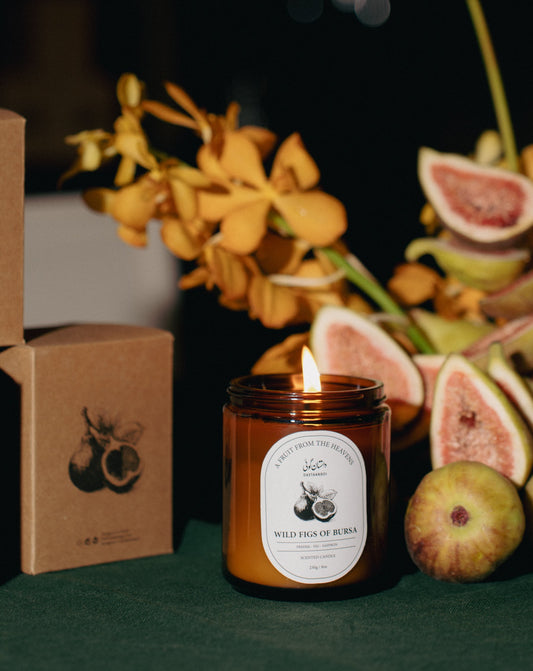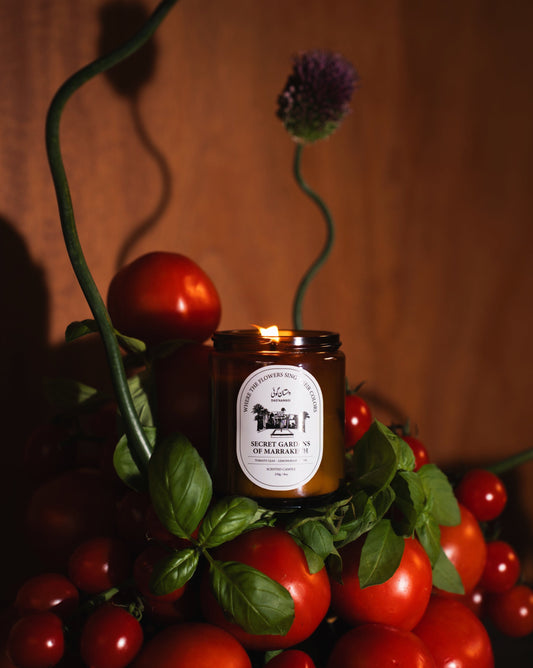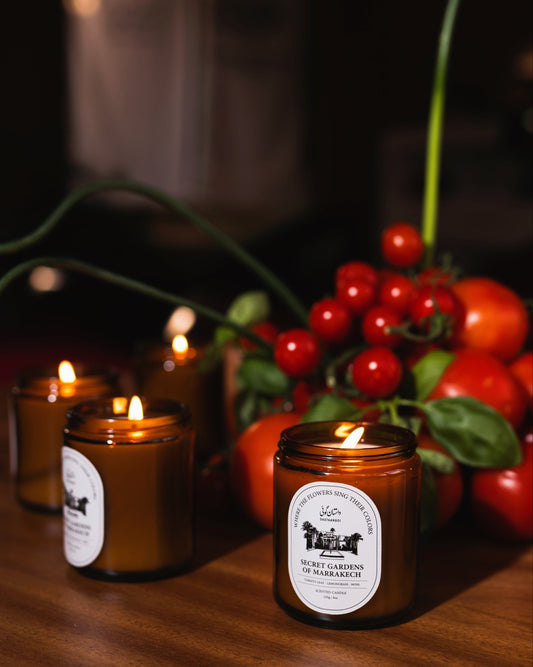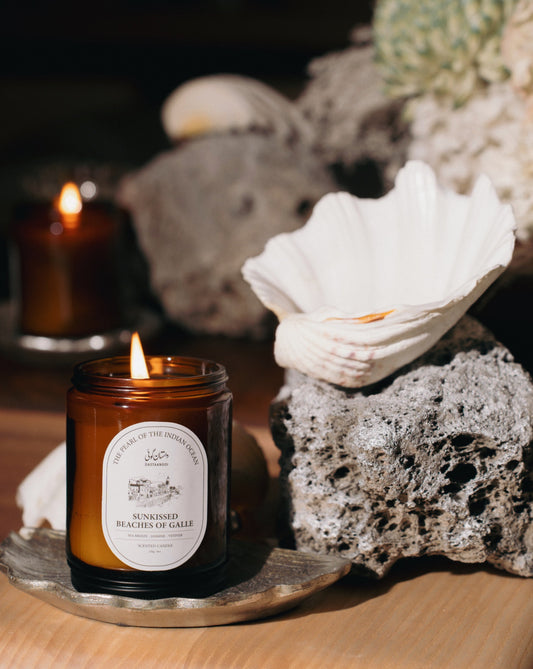Lahore Canal
29 Aug 2021
The Lahore Canal was originally called the Shah Nahr (the Royal Canal) and from its origin at Madhopur (now in India) on the River Ravi, it dropped into two huge water hydraulic tanks, which had a unique natural water filtration mechanism, and was completed in 1644. From this point clear, filtered, fully oxygenated water dropped into the multi-layered garden fountains with three terraces having 410 fountains in an amazing natural mechanism. Sadly, these exceptionally rare water tanks were destroyed in the recent Sharif era, in order to build a road to India.
In 1861, the British, with the experience of the 1837-39 famine in the sub-continent in mind, had after annexing Punjab in 1849, decided to build in Punjab a series of canals to open up fertile lands to ensure that future famines were avoided.
So from Bambanwali Village near Daska from the Upper Chenab Canal, it passes through Daska, as well as Lahore, ending in the Sutlej River near Kanghanpur almost 100 miles from its origin. Hence forth it was called the Bambanwali-Ravi-Bedian (BRB) Canal. The portion passing through Lahore is named the Lahore section of the BRB, or more simply the Lahore Canal.
Over time the Lahore Canal has acquired sort of cultural importance. During summers, its very sight is a relief to the Lahoris. In those hot, simmering days hundreds of people come to swim (although it isn’t very clean and therefore we don’t recommend this). On local, national and religious festivals the canal is illuminated with lights and different types of decor are laid out into the water.
Photo taken in 1924 by E Arnhold of Berlin.
Source: Dawn
In 1861, the British, with the experience of the 1837-39 famine in the sub-continent in mind, had after annexing Punjab in 1849, decided to build in Punjab a series of canals to open up fertile lands to ensure that future famines were avoided.
So from Bambanwali Village near Daska from the Upper Chenab Canal, it passes through Daska, as well as Lahore, ending in the Sutlej River near Kanghanpur almost 100 miles from its origin. Hence forth it was called the Bambanwali-Ravi-Bedian (BRB) Canal. The portion passing through Lahore is named the Lahore section of the BRB, or more simply the Lahore Canal.
Over time the Lahore Canal has acquired sort of cultural importance. During summers, its very sight is a relief to the Lahoris. In those hot, simmering days hundreds of people come to swim (although it isn’t very clean and therefore we don’t recommend this). On local, national and religious festivals the canal is illuminated with lights and different types of decor are laid out into the water.
Photo taken in 1924 by E Arnhold of Berlin.
Source: Dawn
Sample Image Gallery
930 x 520px
SPRING SUMMER LOOKBOOK
Sample Block Quote
Praesent vestibulum congue tellus at fringilla. Curabitur vitae semper sem, eu convallis est. Cras felis nunc commodo eu convallis vitae interdum non nisl. Maecenas ac est sit amet augue pharetra convallis.
Sample Paragraph Text
Praesent vestibulum congue tellus at fringilla. Curabitur vitae semper sem, eu convallis est. Cras felis nunc commodo eu convallis vitae interdum non nisl. Maecenas ac est sit amet augue pharetra convallis nec danos dui. Cras suscipit quam et turpis eleifend vitae malesuada magna congue. Damus id ullamcorper neque. Sed vitae mi a mi pretium aliquet ac sed elitos. Pellentesque nulla eros accumsan quis justo at tincidunt lobortis deli denimes, suspendisse vestibulum lectus in lectus volutpate.
Tags:







